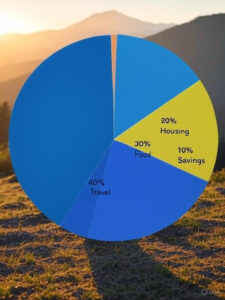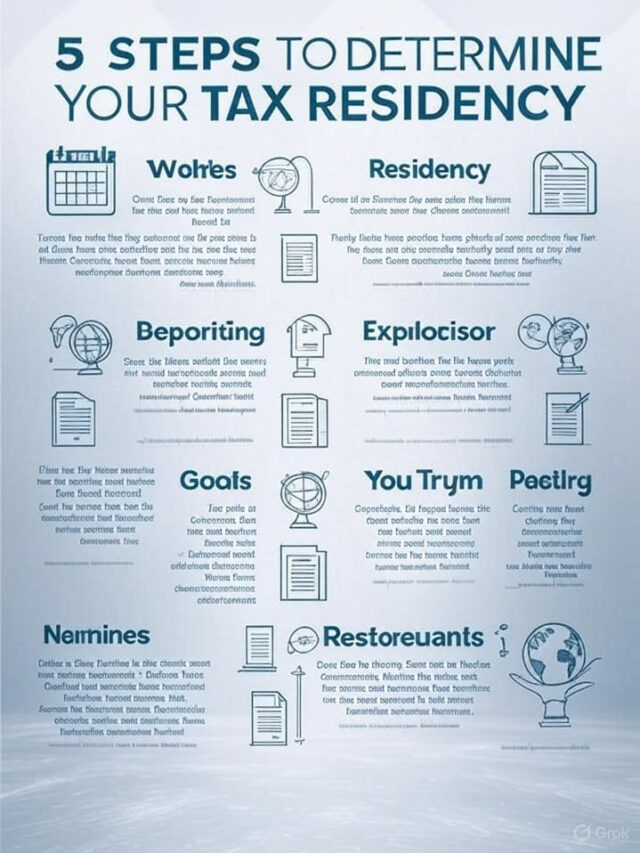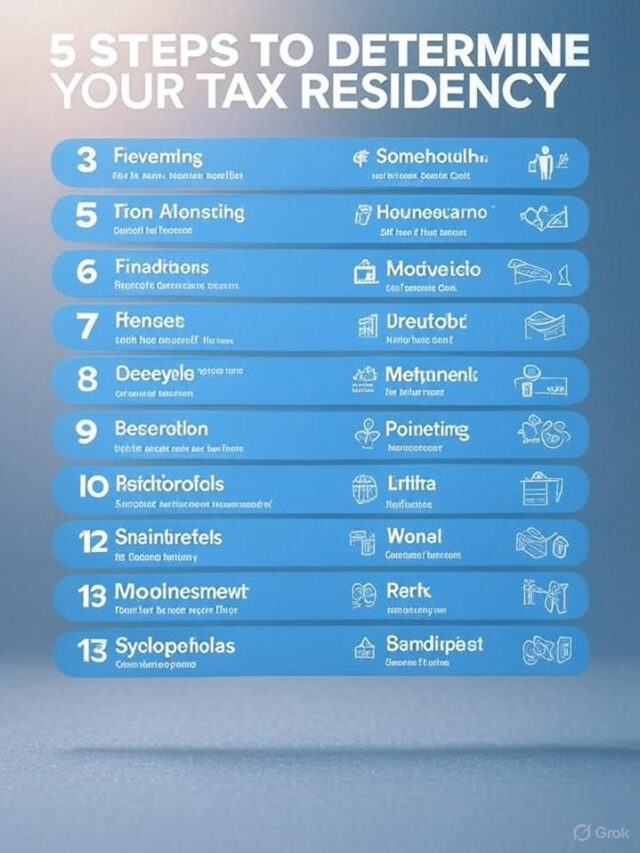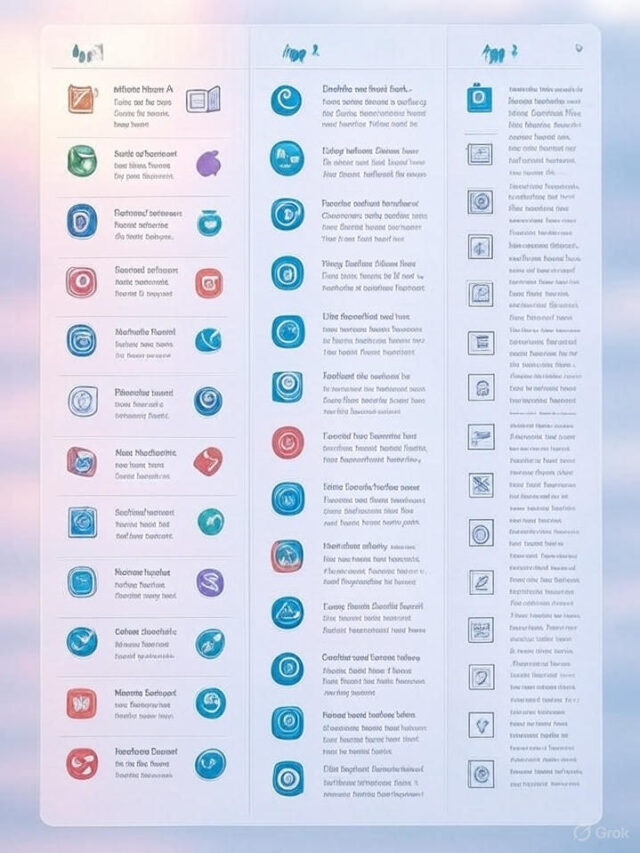
What Are Therapy Access Gaps?

Therapy access gaps refer to the barriers that prevent individuals from obtaining mental health care, particularly through virtual platforms. These gaps are especially pronounced in anxiety management, where timely and consistent support is crucial. Despite the growth of digital mental health interventions (DMHIs), such as mobile apps and teletherapy, many people still face challenges in accessing these services. These barriers include technological limitations, financial constraints, stigma, and a lack of qualified providers, all of which contribute to *anxiety therapy gaps* that leave individuals without adequate support.
The COVID-19 pandemic highlighted these gaps, as demand for mental health services surged while traditional in-person care became less accessible. Virtual therapy emerged as a solution, offering flexibility and convenience, but it also exposed new challenges in *online mental health access*. Understanding these gaps is the first step toward creating a more inclusive and effective mental health care system.
The Rise of Virtual Therapy for Anxiety Management
Virtual therapy, or teletherapy, has transformed how mental health care is delivered. Platforms like BetterHelp, Talkspace, and Brightside have made it possible for individuals to connect with licensed therapists from the comfort of their homes. These services often use evidence-based approaches like Cognitive Behavioral Therapy (CBT), which is highly effective for anxiety management. Research shows that online CBT is as effective as in-person sessions for treating anxiety, depression, and PTSD, making virtual therapy a powerful tool for addressing *anxiety therapy gaps* [].[](https://www.healthline.com/health/our-top-10-online-therapy-picks)
The appeal of virtual therapy lies in its convenience, affordability, and ability to reach underserved populations, such as those in rural areas or with mobility issues. However, despite its potential, *access to online anxiety therapy* remains uneven due to systemic barriers. Let’s explore these barriers in detail to understand *why virtual therapy is hard to access*.
Key Barriers to Online Mental Health Access
1. Technological Barriers
For many, the digital divide is a significant obstacle. Reliable internet access and compatible devices are essential for virtual therapy, but not everyone has them. In rural or low-income areas, slow internet speeds or outdated technology can make teletherapy sessions unreliable or impossible. Additionally, individuals with disabilities, such as visual or motor impairments, may find digital platforms inaccessible if they lack proper accommodations, further limiting *online mental health access* [].[](https://pmc.ncbi.nlm.nih.gov/articles/PMC8521906/)
2. Financial and Insurance Limitations
While virtual therapy is often more affordable than in-person sessions, costs can still be prohibitive. Monthly subscriptions for platforms like Brightside ($299/month) or BetterHelp ($60-$90/week) may be out of reach for low-income individuals, especially without insurance coverage [][]. Many insurance plans do not fully cover teletherapy, and some platforms, like Talkspace, require copays even with insurance []. This financial burden exacerbates *anxiety therapy gaps*, particularly for those already struggling with economic stressors.[](https://www.forbes.com/health/mind/best-online-therapy/)[](https://www.betterhelp.com/online-therapy/)[](https://www.talkspace.com/)
3. Stigma and Cultural Barriers
Mental health stigma remains a significant barrier, particularly in communities where seeking therapy is viewed as a sign of weakness. In some cultures, discussing mental health openly is taboo, discouraging individuals from pursuing virtual therapy. This is especially true in low- and middle-income countries (LMICs) like Colombia, where stigma around mental illness prevents people from seeking care []. These cultural barriers contribute to *why virtual therapy is hard to access* for diverse populations.[](https://pmc.ncbi.nlm.nih.gov/articles/PMC7265234/)
4. Shortage of Qualified Providers
The demand for mental health professionals far exceeds the supply, especially for specialized care like anxiety management. Many online therapy platforms struggle to maintain enough licensed therapists to meet user needs, leading to long wait times or inconsistent care. This shortage is particularly acute in rural areas and for underserved populations, widening *anxiety therapy gaps* [].[](https://pmc.ncbi.nlm.nih.gov/articles/PMC9109782/)
5. Privacy and Security Concerns
Privacy is a critical concern in virtual therapy. High-profile data breaches, like the Vastaamo incident in Finland, where therapy session notes were stolen, highlight the risks of digital platforms []. Clients may hesitate to share sensitive information due to fears of cyberattacks or breaches, especially when using platforms that lack robust encryption or HIPAA compliance. These concerns further limit *access to online anxiety therapy* by eroding trust in digital solutions.[](https://pmc.ncbi.nlm.nih.gov/articles/PMC10536959/)
Why Is Virtual Therapy Hard to Access?
The question *“Why is virtual therapy hard to access?”* has multiple answers, rooted in the barriers outlined above. Technological limitations exclude those without reliable internet or devices, while financial constraints make therapy unaffordable for many. Stigma discourages help-seeking, particularly in communities where mental health is misunderstood. The shortage of qualified providers creates bottlenecks, and privacy concerns deter users from fully engaging with digital platforms.
Moreover, the effectiveness of virtual therapy depends on contextual factors, such as the client’s comfort with technology and the therapist’s training in online delivery. For example, online counseling may not be suitable for severe disorders like psychosis, where non-verbal cues are critical, further limiting its applicability []. These factors combine to create a complex web of challenges that prevent equitable *online mental health access*.[](https://pmc.ncbi.nlm.nih.gov/articles/PMC10888081/)
Solutions to Improve Access to Online Anxiety Therapy
Addressing *therapy access gaps* requires a multifaceted approach. Here are practical solutions to enhance *access to online anxiety therapy* and bridge *anxiety therapy gaps*:
1. Enhancing Technological Infrastructure
Governments and organizations can invest in expanding broadband access in rural and underserved areas to ensure reliable internet for teletherapy. Developers should also prioritize accessibility features, such as screen readers and voice-activated controls, to make platforms usable for individuals with disabilities [].[](https://pmc.ncbi.nlm.nih.gov/articles/PMC8521906/)
2. Expanding Insurance Coverage
Advocating for comprehensive insurance coverage for teletherapy can reduce financial barriers. Policymakers should work with insurance providers to include virtual therapy in all plans, with low or no copays. Platforms like Brightside, which accept Medicare and Medicaid, set a positive example [].[](https://www.forbes.com/health/mind/best-online-therapy/)
3. Reducing Stigma Through Education
Public awareness campaigns can normalize mental health care and reduce stigma, particularly in underserved communities. Highlighting success stories of virtual therapy for anxiety can encourage more people to seek help. In LMICs, integrating mental health education into primary care, as seen in Colombia’s adoption of the WHO’s mhGAP initiative, can further reduce stigma [].[](https://pmc.ncbi.nlm.nih.gov/articles/PMC7265234/)
4. Increasing Provider Availability
Training more mental health professionals in teletherapy delivery can address the provider shortage. Online platforms can offer incentives to attract licensed therapists, ensuring consistent availability. Partnerships with universities to train students in digital mental health interventions can also build a robust pipeline of providers.
5. Strengthening Data Security
To build trust, platforms must prioritize cybersecurity. Using HIPAA-compliant software, encryption, and regular security audits can protect client data. Educating clients about privacy protections during the informed consent process can further alleviate concerns.
The Future of Virtual Anxiety Management
The future of *online mental health access* is promising, with emerging technologies like AI-powered chatbots (e.g., Woebot, Wysa) and virtual reality (VR) exposure therapy offering innovative solutions for anxiety management [][]. These tools can complement traditional therapy, providing round-the-clock support and immersive experiences that enhance CBT outcomes. However, their success depends on addressing *therapy access gaps* through improved infrastructure, affordability, and inclusivity.
By tackling technological, financial, cultural, and security barriers, we can make *access to online anxiety therapy* a reality for all. Policymakers, providers, and technology developers must collaborate to create a mental health care system that leaves no one behind. As virtual therapy continues to evolve, it has the potential to close *anxiety therapy gaps* and empower individuals to manage their mental health effectively.
FAQs About Therapy Access Gaps
Q: What are therapy access gaps?
A: Therapy access gaps are barriers that prevent people from obtaining mental health care, such as technological limitations, financial constraints, stigma, provider shortages, and privacy concerns.
Q: Why is virtual therapy hard to access?
A: Virtual therapy can be hard to access due to unreliable internet, high costs, mental health stigma, limited providers, and data security fears, which exclude many from using digital platforms.
Q: How can online mental health access be improved?
A: Improving access involves expanding internet infrastructure, ensuring insurance coverage, reducing stigma, increasing provider availability, and enhancing platform security.
Q: What is the role of AI in addressing anxiety therapy gaps?
A: AI-powered tools like chatbots provide affordable, 24/7 support for anxiety management, complementing traditional therapy and reaching underserved populations
Q: Are there affordable options for access to online anxiety therapy?
A: Yes, platforms like BetterHelp and Talkspace offer plans starting at $60-$69/week, and some accept insurance to reduce costs
By focusing on these solutions and leveraging the power of virtual therapy, we can bridge *therapy access gaps* and make *online mental health access* a reality for everyone seeking anxiety relief.


Tax Strategies for Digital Nomads: A Comprehensive Guide to Staying Compliant and Saving Money


Saving Money as a Digital Nomad: A Comprehensive Guide to Financial Freedom


The Best Budgeting Apps for Digital Nomads: Managing Finances on the Go


AI Writing Tools: Your Ultimate Guide to Smarter Content Creation in 2025











